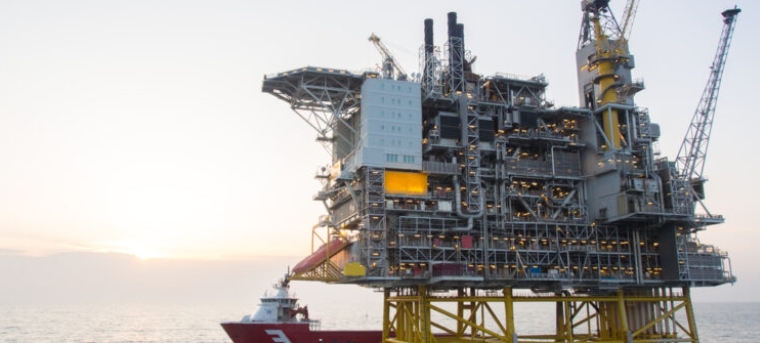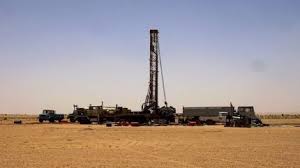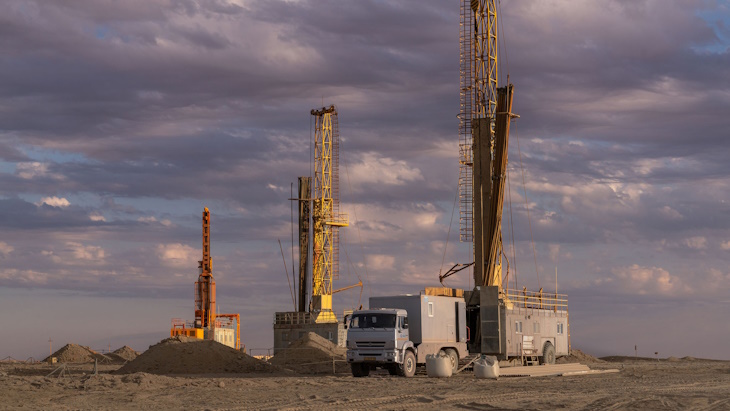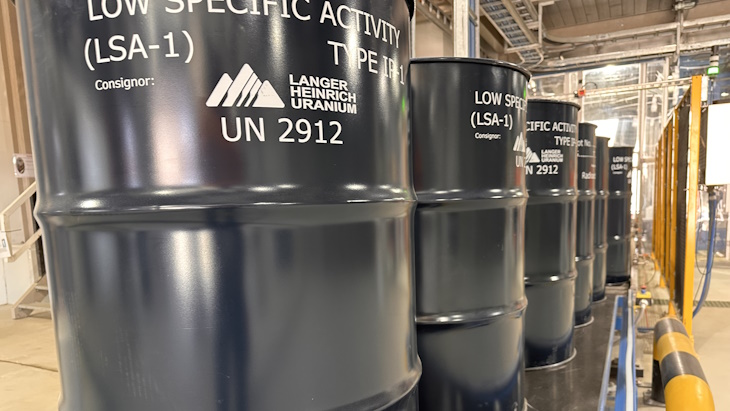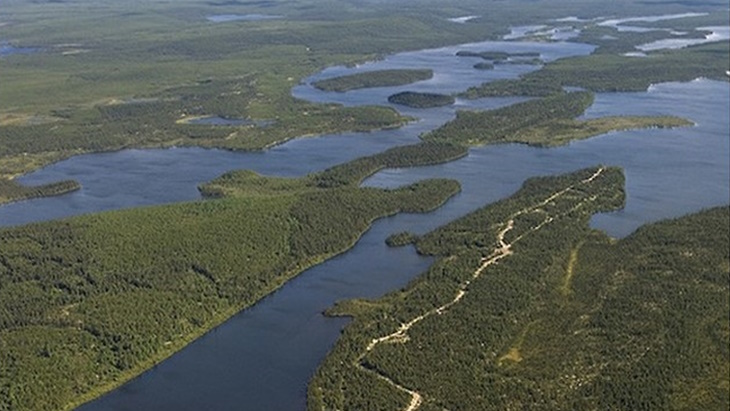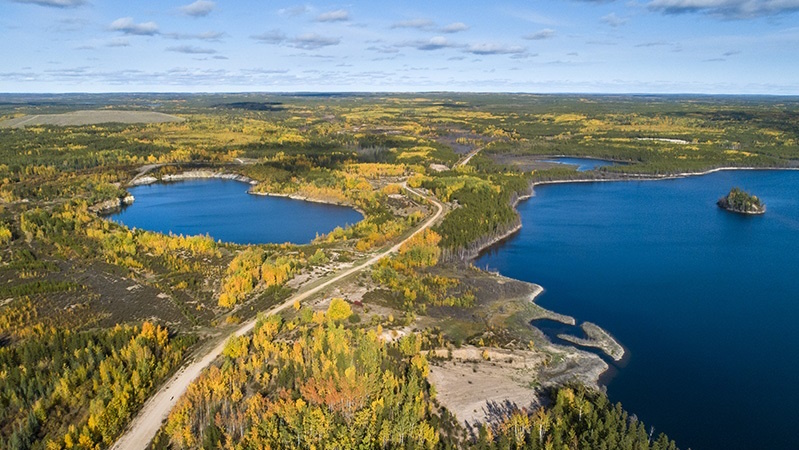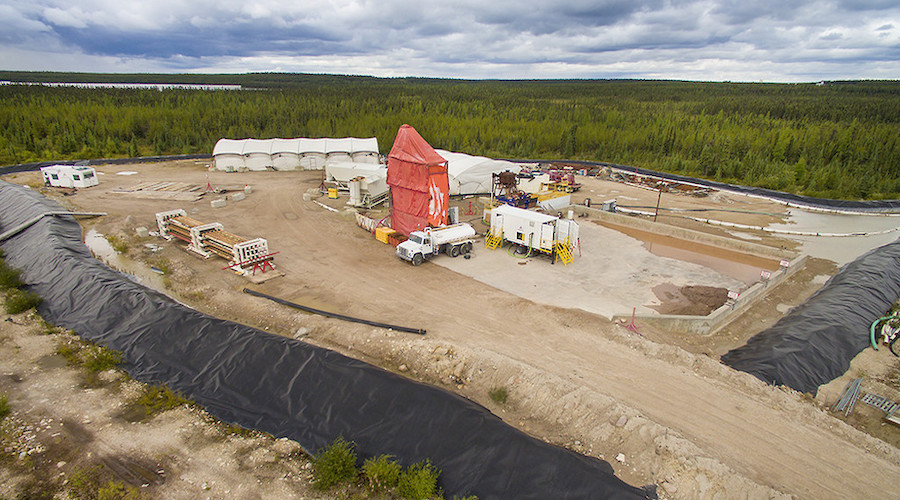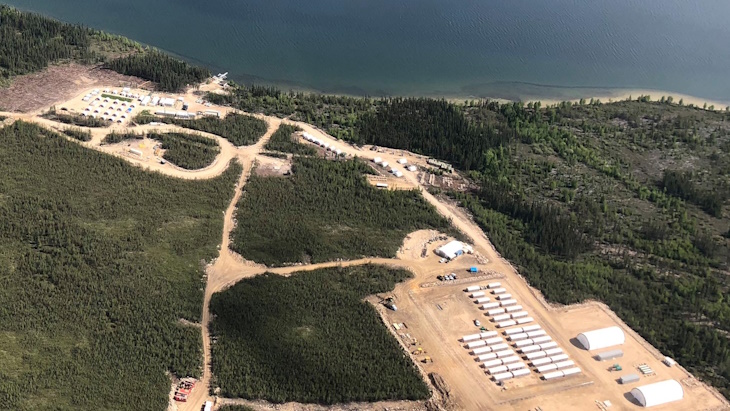
NexGen said on 8 April it had entered into a binding term sheet with Canadian hedge fund MMCap International Inc SPC for the purchase of 2,702,410 pounds U3O8 for an aggregate purchase price of USD250 million, for convertible debentures equivalent to roughly 4.3% of the company's issued and outstanding common shares.
The announcement came days after the company announced a CAD224 million (USD164 million) share offering to Australian investors. This Australian Chess Depository Interest (CDI) offering is expected to close on or around 15 May.
On closing of the CDI offering and the transaction with MMCap, NexGen said it will have some CAD600 million in cash and USD250 million worth of physical uranium on its balance sheet.
NexGen CEO Leigh Curyer said the purchase represents a "strong opportunity for NexGen to bolster its marketing discussions and optimises the optionality of project financing structures under evaluation", at a time when available physical uranium is "extremely tight" and expected to continue to be scarce given the long-term supply deficit. "Upon closing of the CDI offering and this strategic uranium purchase, the company will hold cash and uranium worth over CAD930 million and will significantly assist the company in funding the anticipated capital needs to develop the Rook I Project," he said.
Rook I is in the Southwestern Athabasca Basin in Saskatchewan, Canada. It is 100% owned by NexGen and hosts the Arrow uranium deposit, with measured and indicated mineral resources of 256.7 million pounds U3O8. A 2021 feasibility study outlines a mine capable of producing some 29 million pounds U3O8 per year over the first 5 years of an 11-year mine life, making it the largest and lowest cost uranium mine in the world according to NexGen.
The company is currently working to secure the federal and provincial approvals needed to move forward with the mine. In November, it received approval from Saskatchewan's Ministry of Environment to proceed with the development of Rook I, making NexGen the first company in more than 20 years to receive full provincial environmental assessment approval for a greenfield uranium project in Saskatchewan.
Denison confirms uranium sale
Denison is another company with Canadian uranium projects to develop, with a 95% interest in its flagship Wheeler River project which the company describes as the largest undeveloped uranium project in the eastern portion of the Athabasca Basin region of northern Saskatchewan. As well as many uranium properties, the company's interests in Saskatchewan also include a 22.5% ownership interest in the McClean Lake Joint Venture and the McClean Lake uranium mill. It is targeting production of 800,000 pounds U3O8 (on 100% basis) from McClean Lake North in 2025, following an announcement earlier this year by with its joint venture partner Orano Canada Inc of plans to restart operations at McClean Lake using the patented Surface Access Borehole Resource Extraction - or SABRE - mining method.
In its quarterly results announcement on 8 May, the company confirmed it had completed the sale of 100,000 pounds U3O8 from its physical uranium holdings, at a price of USD100.00 per pound. The sale, which was completed in April, was agreed in January and is part of the company's plans to sell around 300,000 pounds U3O8 from its physical uranium holdings this year. Denison said it acquired its physical uranium position in 2021 at an average cost of USD29.65 per pound U3O8.
President and CEO David Cates spoke of the company's strategy of holding investments in physical uranium to support future financing of Phoenix, and how Denison's portfolio of uranium reserves, resources, and physical holdings has "greatly appreciated" in value over recent months.
"As Denison has avoided entering low-priced uranium supply contracts in recent years and has held its physical uranium investment to support future project financing efforts for Phoenix, we are now in an enviable spot with significant uncommitted uranium production and physical holdings potentially available to the market at time of expected scarcity. Taken together with continued geopolitical instability and the expected emergence of significant additional demand from new nuclear builds, it is an ideal time for our Company to be readying to build a low-cost Saskatchewan-based uranium mine," he said.
